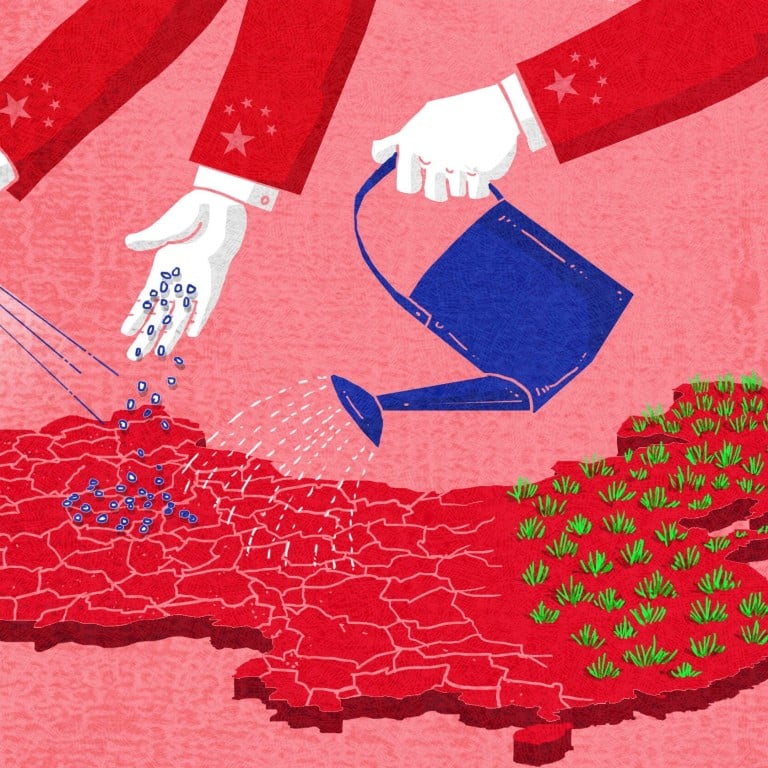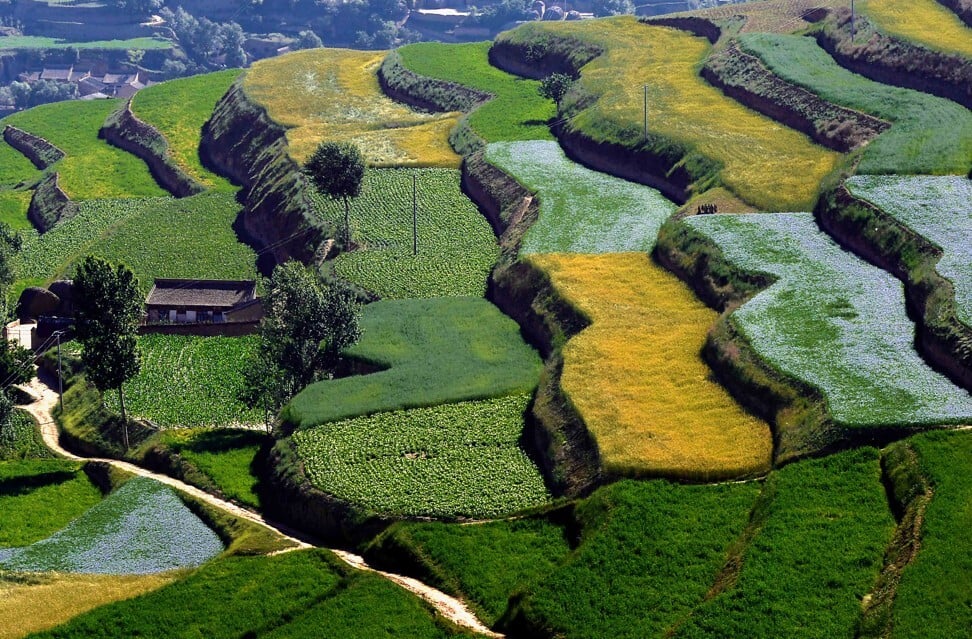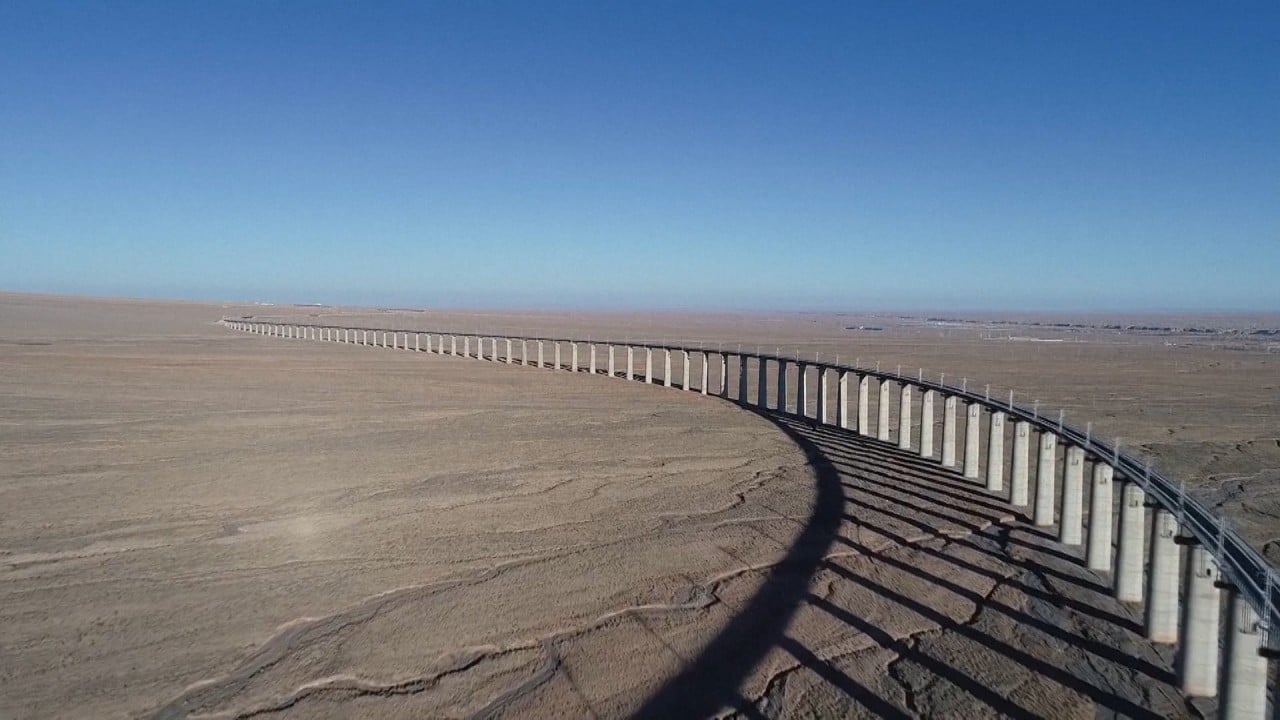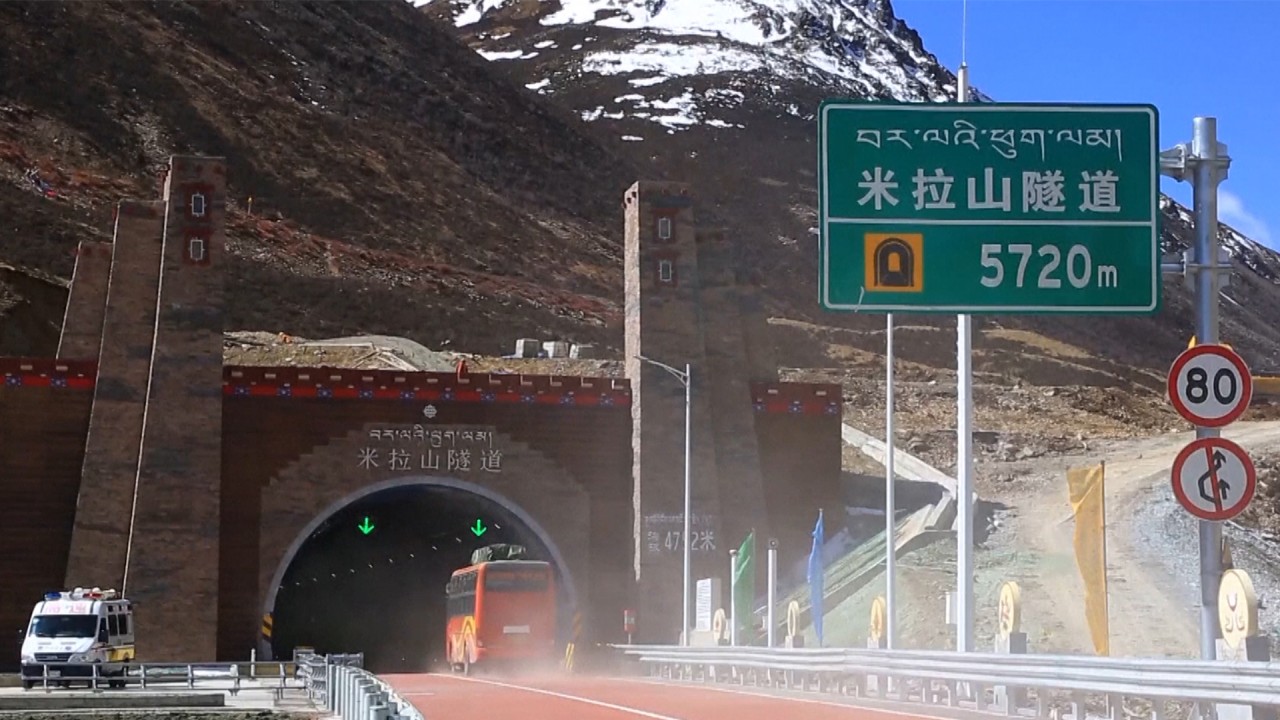
Can Xi Jinping revive China’s dream of turning its poor west into an economic powerhouse?
- Despite two decades of investment and preferential policies, China’s western regions still lag far behind east coast provinces
- Western regions have struggled with dwindling populations, diminishing jobs and ballooning debt
This is the second story in a three-part series examining the Chinese government’s new Go West plan to develop the central and western regions of the country in response to growing challenges in the international environment. You can read the first story in the series here.
In 2001, the poverty-stricken city of Dingxi in northwestern China gained approval from Beijing to build a nationally significant agricultural tech park that would see some 10,000 mu (667 hectares) set aside to grow crops in the inhospitable, dry landscape.
But nineteen years later, the project is barely profitable, and instead serves as another monument to China’s failed effort to close the gulf between its prosperous eastern regions and its relatively undeveloped west.

Dingxi, which at the beginning of the new millennium had a larger population than Putian, now has about 80,000 fewer people and is considered a “shrinking city”. Its annual per capita disposable income last year was about half the national average – including Putian’s – while the income gap between urban residents in the two cities rose from less than 2000 yuan in 2002 to 13,295 yuan (US$1879) in 2019.
Two decades after Beijing announced its first western development plan, China’s vast western region, which accounts for more than 70 per cent of the country’s land mass and close to a third of its population, remains much poorer than eastern coastal provinces.
The old regional development strategy represented by the western development plan is essentially using administrative power as an economic baton to achieve regional balance
But faced with economic headwinds from a trade war with the United States, and an increasingly hostile international environment, President Xi Jinping has once again put its development on the agenda.
While ambitious in scope, many observers are already warning that Beijing will face the same structural and economic challenges that hindered its first attempt to develop the region.
“The old regional development strategy represented by the western development plan is essentially using administrative power as an economic baton to achieve regional balance,” said Li Qilin, chief economist at Yuehai Securities.
“The two key means of the strategy, including financial subsidies and preferential policies favouring backwards areas, have distorted local governments’ incentives and misallocated resources.”
Over the past two decades, Beijing has tried to lure investors to inland provinces, offering generous financial support and land quotas for construction, following rapid growth of coastal areas in the 1980s to 1990s.

00:50
China’s new railway makes circular network with Qinghai, Tibet and Xinjiang lines
Since 2000, the focus of the westward development campaign has been to improve infrastructure, build up eco-friendly industries, and lift some poor areas out of poverty.
Furthermore, the contribution to gross domestic product (GDP) from 12 western provinces has increased very little over the past 20 years to slightly above 20 per cent, while the east coast’s contribution remains well above 50 per cent, according to government data.
The failure to recognise geographic circumstances and factor in conditions ... gave rise to a litany of problems such as irrational industrial arrangement, blind investment promotion and vicious competition
The divergence of per capita GDP, meanwhile, expanded from 7,000 yuan to 40,000 yuan between 2000 and 2018, and inequality between western provinces has not narrowed substantially either.
In many ways, the government's first model to close regional imbalances created more problems than benefits, research has shown.
“The failure to recognise geographic circumstances and factor in conditions ... gave rise to a litany of problems such as irrational industrial arrangement, blind investment promotion and vicious competition,” according to a 2009 paper by Lu Zhongyuan, who was for two decades a member of the State Council, China’s cabinet.
Between 2003 and 2016, government data showed the share of land quotas for construction in western China grew from less than 20 per cent of the national total to about 35 per cent, while the east coast’s share dropped from 65 per cent to 34 per cent.
Accordingly, the share of infrastructure investment in western provinces improved from 21 per cent to 26 per cent between 2003 and 2016, and investment in eastern provinces fell from more than 52 per cent to 42 per cent.
But the rapid expansion in western investment had low returns, given its overall contribution to national GDP only increased by 4 per cent over the same period.
Other preferential policies included a 15 per cent corporate tax rate in western provinces, which was less than half the 33 per cent rate of other regions in the early 2000s.
In 2005, per capita fiscal revenue of the west was about two thirds of eastern regions after the transfers, compared to only a third before the subsidies, Lu said.
The land quota, followed by massive investment, led local governments in western regions to accumulate debt more than they could pay off from government revenues
However, these policies combined did not help inland economies as much as expected. Instead it led many to overbuild to the extent that almost every county had one or two industrial estates.
A 2019 report from the Ministry of Natural Resources found that industrial estates in western China had the lowest efficient use of land for industrial development outside the northeast rust belt. The return on industrial lands was less than half of the level in the east coast.
“The land quota, followed by massive investment, led local governments in western regions to accumulate debt more than they could pay off from government revenues,” said Lu Ming, a professor of economics from Shanghai Jiao Tong University.
On the other hand, the east coast provinces were struggling with a dearth of land quotas to meet increasing demand for industrial development and accommodate a growing workforce. This indirectly pushed up property prices and wages in coastal areas, according to research from Lu.
The trend was exacerbated after 2009, when Beijing rolled out a stimulus package of four trillion yuan (US$565.2 billion) to help the economy deal with the fallout from the global financial crisis.
“In the past few years, there has been a large number of such investments flowing into places that had consistent outflow of people, which is not in line with local comparative advantage for development,” Lu said.
Economists said some western provinces have been inviting polluting, energy-intensive industries to help growth, with a looser environmental standards than coastal provinces. That has resulted in pollution of western sections of the Yangtze River, China’s main drinking source, and increasing emissions of toxic gas.
Between 2005 to 2015, the emission of industrial sulphur dioxide dropped 11 per cent in eastern China, while it rose 4.5 per cent in the west, according to research led by Huang Xiulian from Hebei Geo University.
Growing transfers from the central government also created bad incentives for local officials to keep borrowing. Lu’s research showed that on a per capita basis, an increase of 1 yuan on earmarked subsidy from Beijing will result in an increase of 0.312 yuan on bonds issued by local government financing vehicles, which are state-backed companies used for off-budget infrastructure financing.
Some western provinces, including Guizhou and Guangxi, are among the most indebted in the country, with overall outstanding debt more than 1.5 times above their revenues last year, according to a calculation from Li, from Yuehai Securities.

00:51
World's highest highway tunnel opens to traffic in Tibet
Beijing has in recent years pushed a development philosophy of “unbalanced but agglomerated” growth, which allocates more resources to big cities or city clusters.
Economists have found that rich and poor provinces do not diverge too much on per capita GDP under the development strategy.
“In the new round of western development, we still need to fully understand the decisive role of various conditions such as geography and nature that are crucial to local comparative advantages,” Lu said.
“Particularly in some places that are far away from coastal areas, large cities, and transport infrastructure, they should not blindly pursue industrial development.”
The third story in the series will focus on how foreign investors and international companies view China's push to promote its western regions. You can read the first story in the series here.




